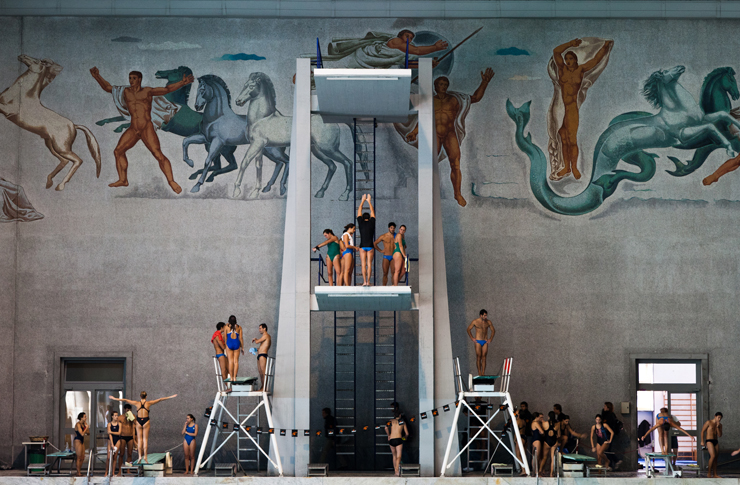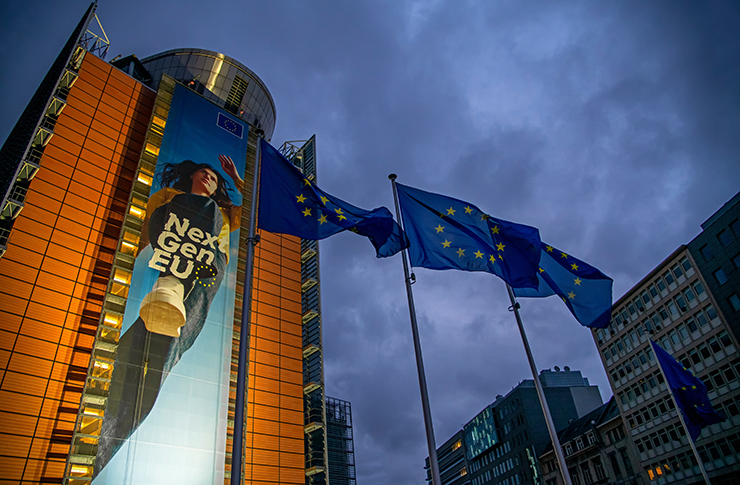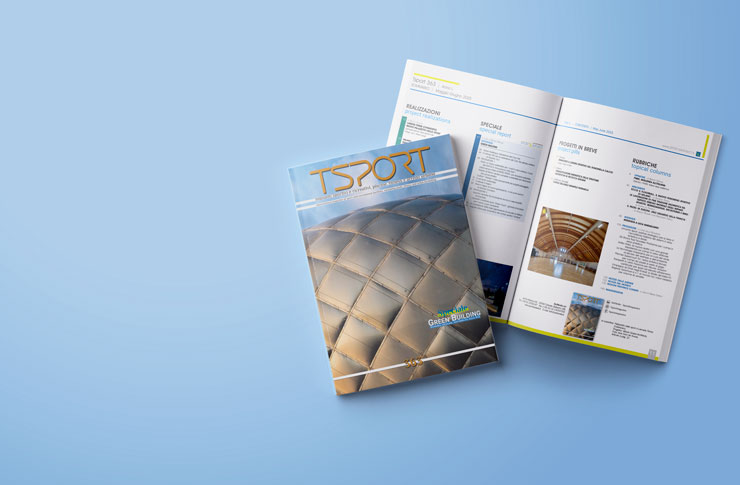Issue #352 of Tsport hosts the Special Issue dedicated to aquatic facilities. The issue highlights, among other things, the new policies on the management of public swimming pools.
Once upon a time there was the (public) swimming pool

Rome, Foro Italico swimming pool (ph. Roberto Ventre)
We had already recorded the change of pace in the field of aquatic facilities in Tsport Special 327, four years ago now.
The large swimming sports containers with purely competitive purposes built in the past are no longer viable in today’s market, and those that do exist tend to be modernised both to adapt to the new demands of an increasingly broader and more heterogeneous user base, and to contain management costs, which have risen unpredictably since the pandemic crisis.
The great monumental swimming pools (such as the one at the Foro Italico in Rome, built in 1937 and adorned with the well-known mosaics: but there are also some in Milan, as we will see in the ‘Speciale’) remain monuments, while the new swimming centres are composed of a plurality of offers, where the ‘fun’ part, consisting of slides and water games, is never missing.
At the same time, the public’s demand for spa or, at least, health services is becoming increasingly widespread.
In this framework, what emerges, in a strong trend compared to our previous reports, is that the public body is no longer able to manage the swimming facility and is increasingly relying on partnership operations with the private sector, on which all the financial risk is poured.
Moreover, on the private initiative side, the offer of aquatic facilities (swimming pools, games, spas and saunas) has in turn become rewarding in the tourism and accommodation sector, where hotels, campsites and resorts are increasing and gradually renewing their proposals from the most accessible to the most luxurious.
In the #352 issue of Tsport we take stock of all this with an overview of today and tomorrow.










